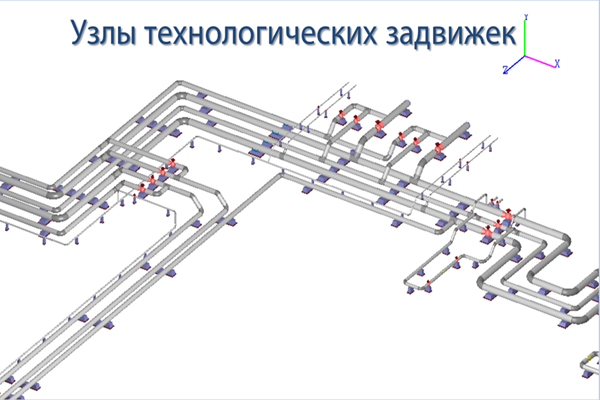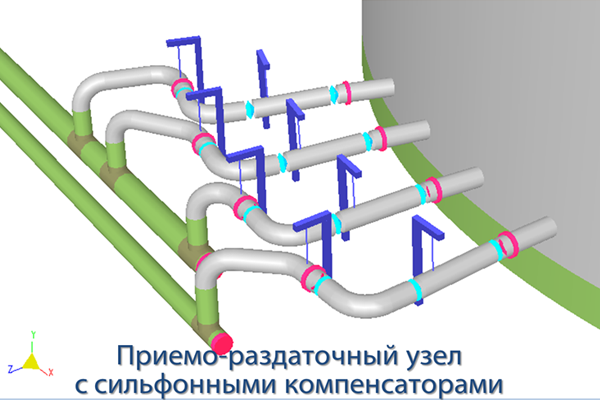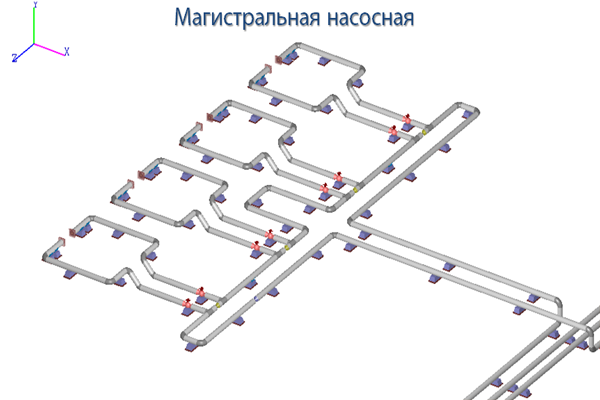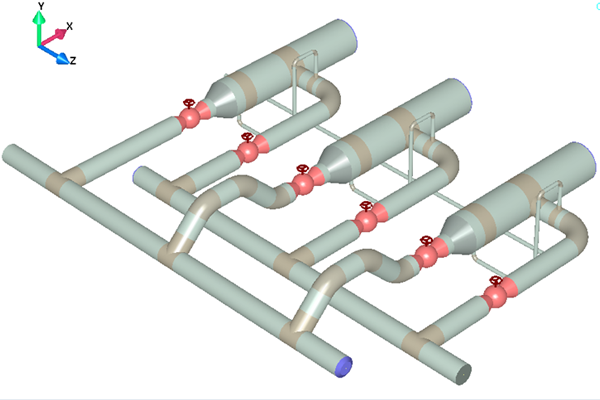Конечно-элементный программный комплекс CPIPE предназначен для расчета прочности, устойчивости и анализа собственных частот надземных и подземных трубопроводов с учетом их нелинейного взаимодействия с грунтом в траншее и/или опорами. Широкие возможности CPIPE по моделированию трубных обвязок, опор и грунтовых условий позволяют создать математическую модель трубопровода, максимально соответствующую реальной конструкции. В CPIPE реализованы автоматизированные проверки НДС трубопроводов в соответствии с основными НТД по проектированию трубопроводов.
CPIPE также может использоваться в информационной модели Объекта в части оценки прочности трубных обвязок на стадиях ПИР, СМР и эксплуатации по данным проектной, рабочей, исполнительной документации и результатам мониторинга технического состояния объекта
Реализация лицензий ПК CPIPE конечным Пользователям проводится по Договору между ООО "П2Т Инжиниринг" и компанией CSoft. Компания CSoft по соглашению с ООО "П2Т Инжиниринг" является эксклюзивным дистрибьютором ПК CPIPE.
Чтобы узнать стоимость приобретения ПК CPIPE скачайте прайс-лист, представленный ниже на странице в документе Стоимость ПК CPIPE. Уточнить информацию по лицензированию и стоимости лицензий Вы можете задав вопрос на данной странице сайта или написав на support@cpipe.ru.
Для приобретения CPIPE Вы можете оставить заявку на данной странице сайта, написать на support@cpipe.ru или сразу связаться с эксклюзивным дистрибьютором ПК CPIPE компанией CSoft.










